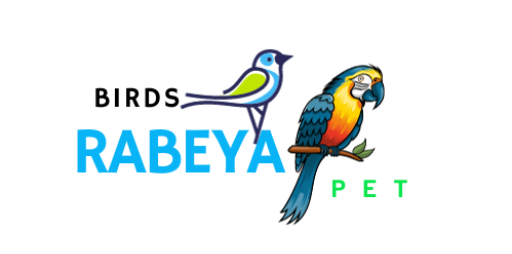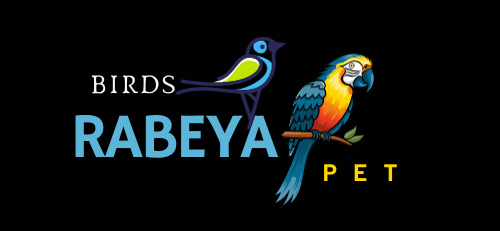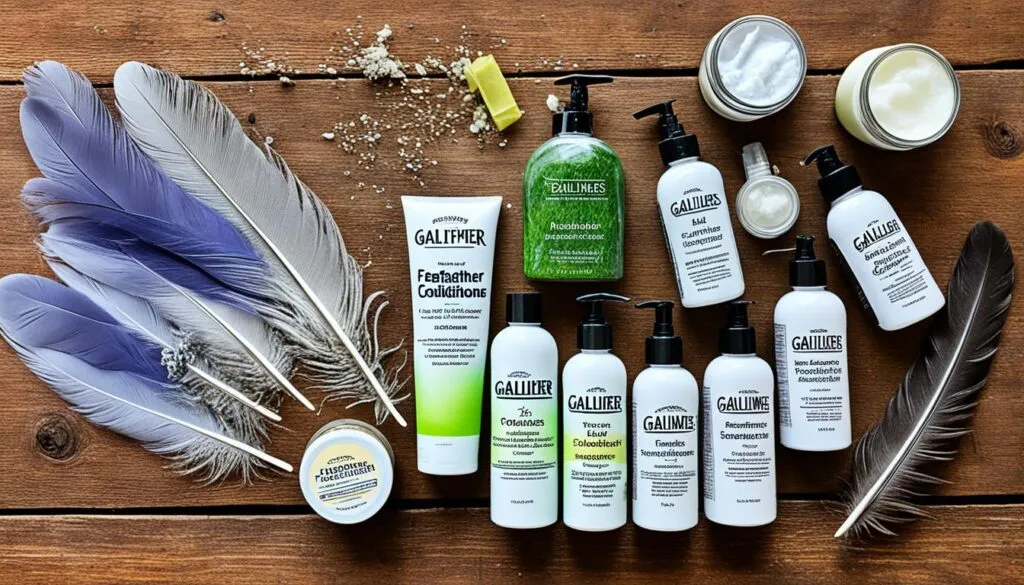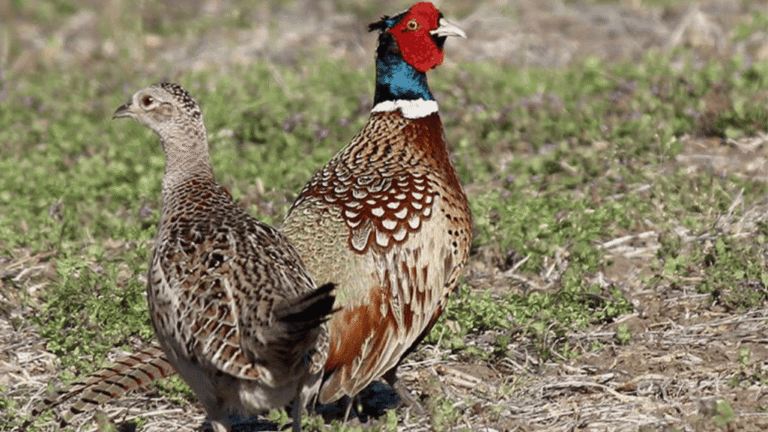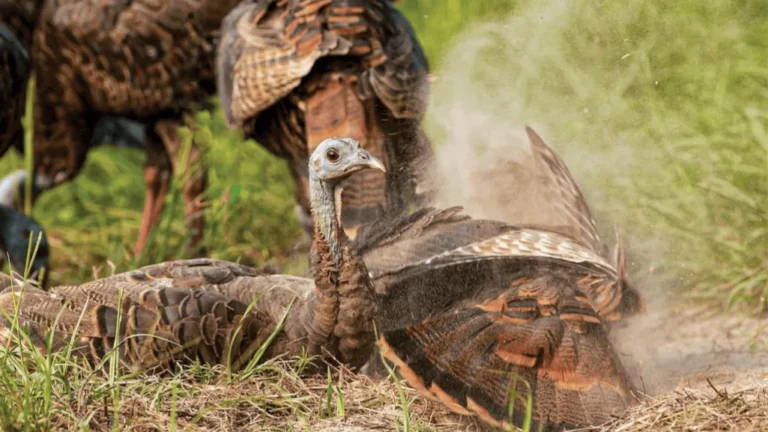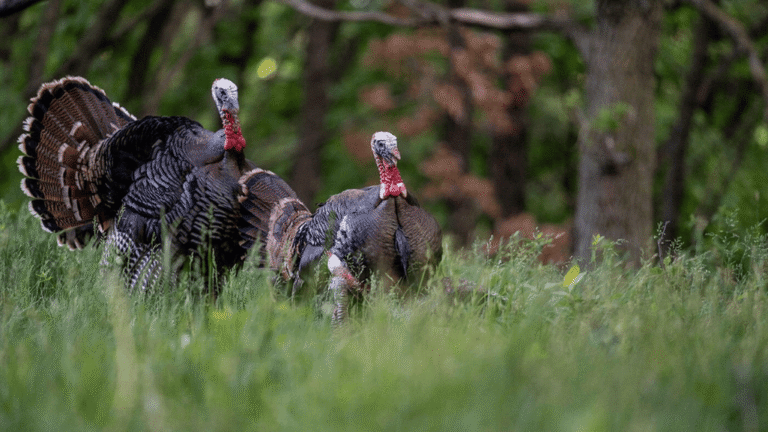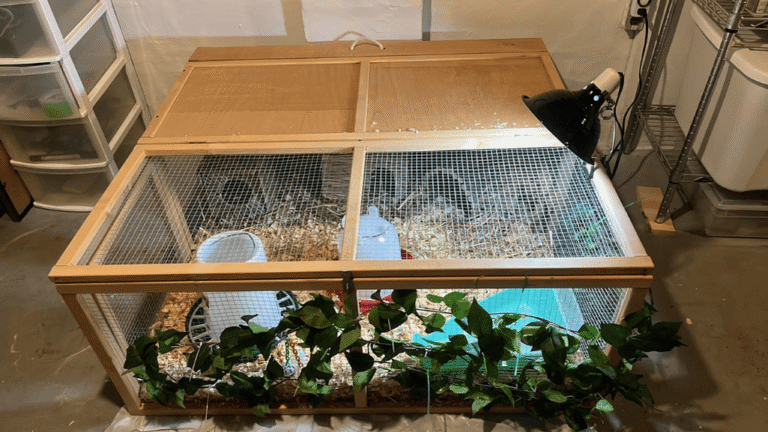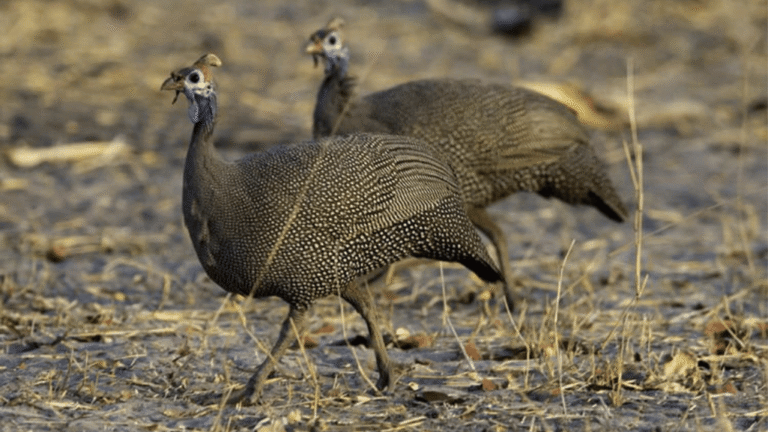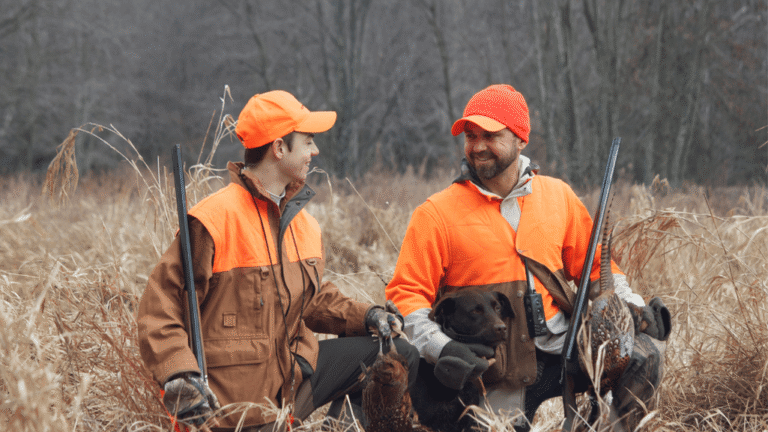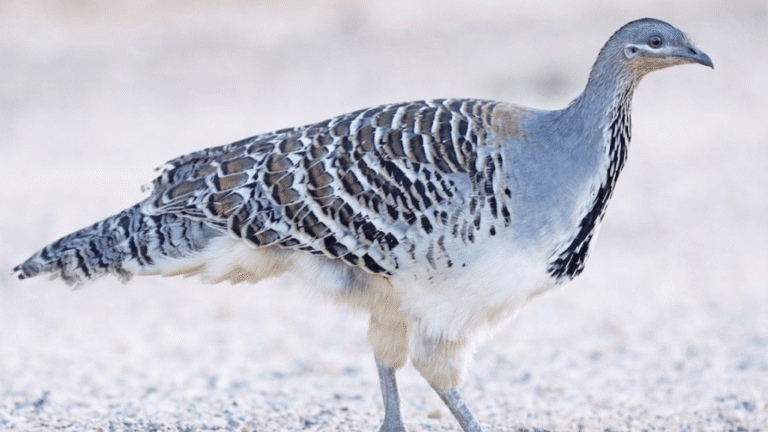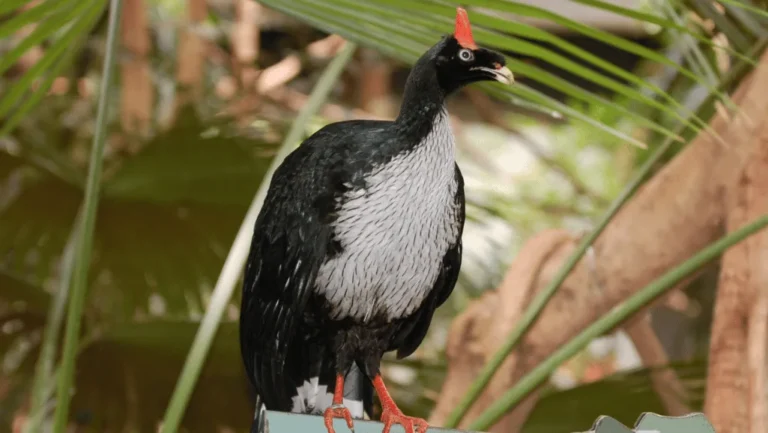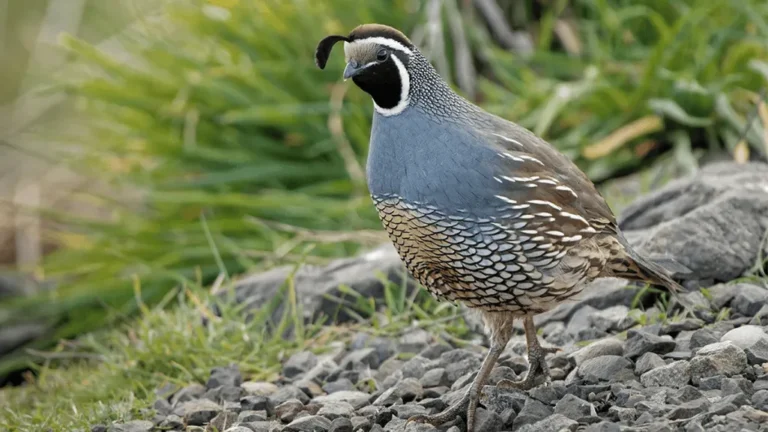Welcome to our practical guide to Galliforme Feather Care — concise, species-aware advice for keeping the feathers of pheasant, grouse, turkey and other galliformes healthy and vibrant. Whether you keep a small flock of quails, a pair of peafowl, or a mixed group of game birds, this article explains the essential checks and daily things to do so your birds look and feel their best. Read on for quick, actionable tips and a short checklist to help you inspect and maintain plumage every week.
Key Takeaways:
- Know the common feather types in galliformes — contour, down, flight and tail feathers — and what each does for the bird.
- Feather condition is tied to nutrition, environment, and health; regular checks catch problems early.
- Typical problems include molting, feather plucking, and abnormal growth — reasons range from seasonal molts to stress or nutritional gaps.
- Simple daily practices — a balanced diet with protein, access to clean water, weekly inspections, and occasional misting/bathing — support healthy feathers.
- There are conditioners, sprays and mite treatments available, but always check product suitability for your species and consult a veterinarian before use.
Galliforme Feather Care
 Healthy feathers are more than appearance — they protect skin, aid limited flight in many species, and play a role in mating displays and social signalling. For owners of pheasant, grouse, quail, peafowl or turkeys, keeping feathers in good condition directly supports the bird’s welfare and behaviour. Regular, simple care keeps plumage resilient and reduces the chances of problems that affect both show condition and everyday health.
Healthy feathers are more than appearance — they protect skin, aid limited flight in many species, and play a role in mating displays and social signalling. For owners of pheasant, grouse, quail, peafowl or turkeys, keeping feathers in good condition directly supports the bird’s welfare and behaviour. Regular, simple care keeps plumage resilient and reduces the chances of problems that affect both show condition and everyday health.
Inspection is the first line of defense: check feathers weekly for broken shafts, frayed barbs, missing patches or cling-on debris. Early signs — small bald spots, excessive preening, or dirty feathers around the vent and back — often point to nutrition, parasites, or environmental stress rather than pure feather wear. A quick checklist you can follow: look for pin feathers (new growth), scabs or redness on the skin, and abnormal feather structure.
Nutrition underpins feather quality: many galliformes benefit from diets that include high-quality protein (insects, larvae or formulated pellets), balanced vitamins and minerals, plus seasonal additions like fresh greens and fruit. For growing birds and molting adults, increase protein availability and ensure constant access to clean water — dehydration reduces feather flexibility and can worsen breakage. If you keep different species together, tailor feed for species-specific needs (for example, quail vs. turkey) to avoid nutritional gaps.
Bathing and misting help remove dust and detritus from feathers. Many birds enjoy shallow water dishes or gentle misting — offer baths on warm days and always supervise the first few times. Avoid soaps or human shampoos that strip natural oils; plain clean water or bird-safe conditioners (species-appropriate) are the safest options. If you’re unsure how often to bathe a particular species, err on the side of less frequent bathing for ground-dwelling birds and observe their comfort and feather condition.
Stress reduction and environment: many birds show feather problems when stressed. Keep enclosures clean, provide natural cover or trees where appropriate, add foraging opportunities to reduce boredom, and avoid overcrowding — these changes lower feather-plucking behaviour and improve overall condition. Monitoring your birds daily for changes in posture, appetite or preening gives early warning of an issue.
Bottom line: routine inspections, species-appropriate food and water, occasional bathing/misting and thoughtful housing go a long way toward keeping feathers functional and attractive. If you notice persistent issues — rapid feather loss, skin lesions, or sudden changes in behaviour — consult a veterinarian for diagnosis and species-specific treatment.
Common Feather Care Problems in Galliformes
Even with good daily care, many birds in the galliform family can develop feather issues that signal diet, environment or health problems. Below are the most common issues you’ll see, clear signs to watch for, and practical next steps — with a focus on species differences (for example, quail versus turkey) so you can act quickly and appropriately.
Molting
Molting is a normal, time-driven process in which birds shed old feathers and grow replacements. In many species this occurs seasonally (often once a year), though timing and duration vary by species and sex — males may show conspicuous molts tied to mating plumage. Signs to expect: pin feathers (new feather shafts), temporary patchy appearance, and increased preening. What to do: boost protein and overall nutrition during molt, minimize handling and stress, and monitor for slow regrowth or infections. If new feathers don’t appear after a normal molting period, consult a veterinarian for a nutritional or medical check.
Feather Plucking
Feather plucking (over-preening or self-removal) is a behaviour often rooted in stress, boredom, or skin/parasite issues. Diagnostic cues: repetitive pulling in the same area, bare patches with intact skin (behaviour) versus bare patches with crusts or parasites (medical). Fixes differ: behavioural causes respond to enrichment (foraging, cover, more space), while medical causes require treatment (mites, infections) and vet diagnosis. For mixed flocks, observe which birds are targeted — sometimes dominant males or stressed parents can trigger plucking in others.
Abnormal Feather Growth
Irregular feather growth — thinning, malformed feathers, or persistent bald patches — can indicate nutritional deficiencies (especially protein or key amino acids), endocrine problems, or chronic parasites. Look for accompanying signs: dull plumage, reduced mating displays, or lethargy. Action: take photos, separate suspect birds if necessary, review feed composition (increase protein sources such as insects or higher-protein pellets during growth), and seek veterinary tests when abnormalities persist.
When to call a veterinarian: rapid or extensive feather loss, skin lesions, persistent feather abnormalities after one molt cycle, or systemic signs (weight loss, poor appetite, lethargy). Early vet involvement prevents long-term problems and ensures the right treatment for parasites, infections or metabolic causes.
Tips for Healthy Feather Growth in Galliformes
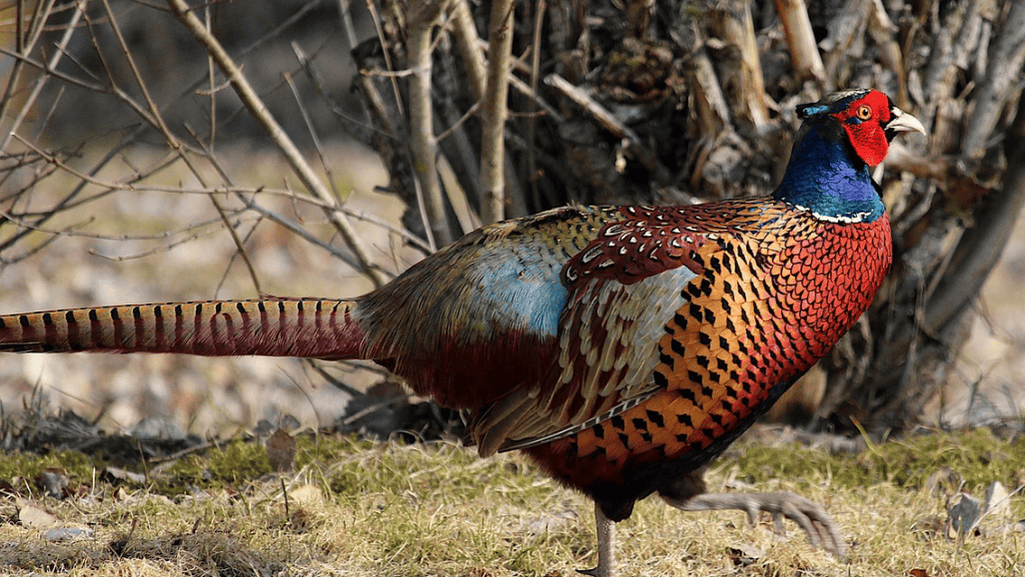 Good feather care combines targeted nutrition, simple hygiene practices, and low-stress housing. Below are concise, practical steps you can implement right away — including species-aware notes so you can adapt the advice for quail, pheasant, peafowl, turkeys and other galliformes.
Good feather care combines targeted nutrition, simple hygiene practices, and low-stress housing. Below are concise, practical steps you can implement right away — including species-aware notes so you can adapt the advice for quail, pheasant, peafowl, turkeys and other galliformes.
Nutrition for Healthy Feathers
Feathers are built from protein, so diet is fundamental. Offer a base of species-appropriate pellets formulated for galliformes, and supplement with protein-rich treats: live or dried insects, mealworms, or formulated high-protein pellets during molt and for growing chicks. Add fresh fruits, vegetables and grains for vitamins and minerals. Practical tip: increase the protein proportion during molting or breeding season, and for quail keep feed energy higher than for larger species like turkeys — tailoring food by species prevents deficiencies that cause feather thinning.
Maintaining Cleanliness
Regular bathing or misting helps remove dust and debris that can mat feathers. Many birds enjoy shallow water dishes or a gentle mist; provide baths on warm days and supervise initially. Do: use plain clean water, warm (not hot), and dry birds in a warm, draft-free place. Don’t: use human soaps or detergents that strip oils. Species note: ground-dwelling birds may bathe less often than arboreal peafowl — observe each species’ comfort and adjust frequency.
Creating a Stress-Free Environment
Stress drives many feather issues, including plucking. Provide shelter, perches or trees for cover where appropriate, rotate enrichment and offer foraging opportunities so birds can express natural behaviours. Avoid overcrowding and sudden changes in routines during sensitive seasons (breeding or molt). For mixed flocks, monitor social interactions — dominant birds can cause chronic stress in others.
Summary
Practical, species-aware care — balanced food with adequate protein, clean water, routine bathing or misting, and a low-stress environment — will support feather growth through seasons and life stages. Keep short notes after weekly inspections (date, condition, anything unusual) so trends are easy to spot, and consult your veterinarian for persistent or worsening problems.
Feather Care Products for Galliformes
There are useful, species-appropriate products that can support feather condition when used correctly. Below are common categories, practical usage notes, and neutral guidance to help you choose safely for pheasant, quail, peafowl, turkeys and other galliformes.
Feather Conditioners and Sprays
Conditioners and shine sprays can help detangle and add sheen but use them sparingly and only products labeled safe for poultry or birds. Typical usage: a light mist after bathing or a tiny amount added to bath water per manufacturer directions. Do: test one bird first and follow dilution instructions. Don’t: apply concentrated products to chicks or birds with broken skin. For many birds, dietary improvements produce better long-term feather condition than cosmetic treatments.
Feather Mite Treatments
Feather mites require targeted treatment. Products range from topical sprays to environmental powders — but active ingredients and approved uses vary by species and region. Always photograph the affected area and consult your veterinarian before treating: vets can confirm mites, recommend the correct product and dosage, and advise on treating housing and bedding to prevent reinfestation.
Quick product do/don’t checklist: Do choose bird- or poultry-specific formulations; do patch-test new sprays on one bird; do follow dilution and frequency guidance; don’t use products labeled only for parrots or exotic species without vet approval; don’t apply to birds with open wounds. When in doubt, prioritize nutrition and environment adjustments first — they are often the most effective way to improve feather condition over the long term.
If you want a short, vetted shopping list or species-specific application steps, consult your veterinarian and request product names appropriate for your region and the particular galliform species in your care.
Conclusion
Caring for galliforme feathers is straightforward when you focus on routine checks, good nutrition, and a calm environment. Regular grooming and brief weekly inspections will help you spot problems early — broken shafts, bald patches, or changes in preening behaviour — so you can address them before they worsen. For many birds, small adjustments in diet or housing produce noticeable improvements in plumage condition within weeks.
Key daily and seasonal reminders: provide clean water every day, keep a balanced feed tailored to each species (higher protein during molt and for growing chicks), offer bathing opportunities on warm days, and reduce stressors during breeding seasons. These straightforward measures protect feathers used for display, limited flight and insulation, and support parents and young during critical times of the year.
A calm environment also reduces feather-related behaviour problems. Provide cover, rotate enrichment, and avoid sudden changes during breeding and molt seasons to prevent boredom and feather plucking. Observing birds for small changes in behaviour — less time foraging, increased preening, or changes in head or back posture — can signal the need for immediate attention.
Regular veterinary check-ups help track long-term feather condition and catch issues early. Vets can advise on specific products (conditioners, mite treatments), interpret symptoms, and recommend tests when feather problems persist across years or seasons. If you need an immediate next step, photograph the issue, note the duration (days/hours), and contact your avian or poultry veterinarian for species-specific advice.
